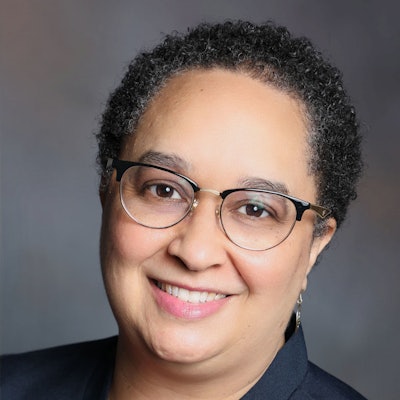Halima Monds was a first-year student at Spelman College when she joined SpelREADS, a program that pairs undergraduate tutors with students in Atlanta Public Schools to help boost their reading ability.
“With SpelREADS, it feels like I’m really making a difference,” Halima said at the time. “If a student is not reading on grade level, that’s a pipeline to prison. By disrupting the pipeline, it feels like I’m doing my part to help change the world.”
Thanks to a new change in America’s federal work-study program, thousands more students like Halima could soon become tutors in America’s public schools to aid in the national pandemic learning recovery — and potentially diversify our nation’s teaching workforce. Jilo Tisdale
Jilo Tisdale
On May 10, 2023, US Department of Education Secretary Dr. Miguel A. Cardona released a “Dear Colleague” letter asking colleges and universities that receive Federal Work Study to use at least 15% of these funds to pay college students to serve as tutors in local K-12 schools. Though the move was met with little fanfare, it could help schools simultaneously address two of the biggest challenges they face today: delivering high-impact tutoring to all students at scale and creating a diverse teacher workforce.
In the wake of the pandemic, America’s K-12 schools need resources and support to help boost student learning recovery. First- and second-grade student achievement at the end of the 2021–2022 school year is the lowest it’s been in 20 years. And in June 2023, the nation’s report card showed reading scores among 13-year-olds hit a 50-year low. Black, Hispanic, and American Indian/Alaska Native students and students in high-poverty schools were disproportionately impacted by school closures. The pandemic also exacerbated the achievement gap, as students who started with lower achievement experienced larger learning losses and saw less improvement in the 2021-2022 school year.
And yet, there’s reason for hope. Research shows that high-impact tutoring consistently produces positive results and is particularly effective for accelerating math and reading gains, especially when it’s delivered during the school day and in three or more sessions per week for a total of 90 minutes. High-impact tutoring models also utilize high-quality instructional materials and include mechanisms for collecting data on student progress. Unfortunately, these kinds of intensive tutoring models can be challenging for school districts to implement. They can be expensive and difficult to schedule, and they require a lot of human capital. But using work-study funds to pay college tutors will help.




















